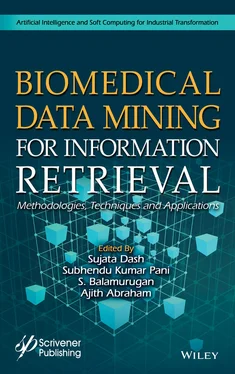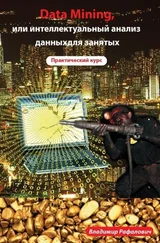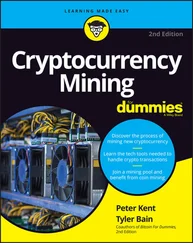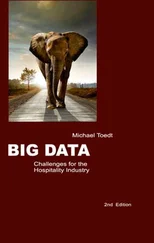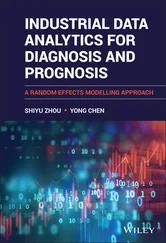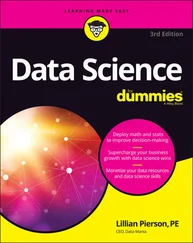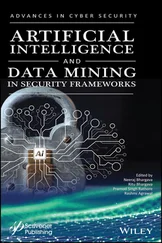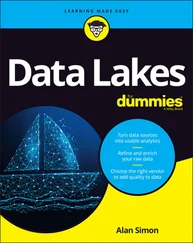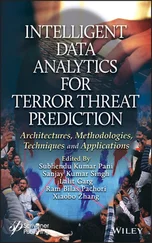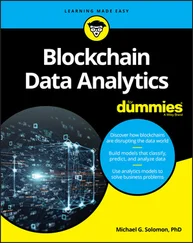104. Patlewicz, G., Jeliazkova, N., Safford, R.J., Worth, A.P., Aleksiev, B., An evaluation of the implementation of the Cramer classification scheme in the Toxtree software. SAR QSAR Environ. Res. , 19, 5–6, 495–524, 2008.
105. Agrahari, R., Foroushani, A., Docking, T.R. et al. , Applications of Bayesian network models in predicting types of hematological malignancies. Sci. Rep. , 8, 6951, 2018, https://doi.org/10.1038/s41598-018-24758-5.
106. Ahmed, A., Abdo, A., Salim, N., Ligand-based virtual screening using Bayesian inference network and reweighted fragments. Sci. World J. , Drug Discovery Today, 01 Jun 2002, 7(11):597–598, 410914, 2012, https://doi.org/10.1016/s1359-6446(02)02316-4.
107. Madhukar, N.S., Khade, P.K., Huang, L. et al. , A Bayesian machine learning approach for drug target identification using diverse data types. Nat. Commun. , 10, 5221, 2019, https://doi.org/10.1038/s41467-019-12928-6.
108. Hinselmann, G., Rosenbaum, L., Jahn, A., Fechner, N., Ostermann, C., and Zell, A., Large-scale learning of structure–activity relationships using a linear support vector machine and problem-specific metrics. J. Chem. Inf. Model. , 51, 2, 203–213, 2011.
109. Mahé, P. and Vert, J., Graph kernels based on tree patterns for molecules. Mach. Learn. , 75, 3–35, 2009, https://doi.org/10.1007/s10994-008-5086-2.
110. Byvatov, E., Fechner, U., Sadowski, J., Schneider, G., Comparison of support vector machine and artificial neural network systems for drug/non-drug classification. J. Chem. Inf. Comput. Sci. , 43, 6, 1882–1889, 2003, https://doi.org/10.1021/ci0341161.
111. Sakiyama, Y., Yuki, H., Moriya, T. et al. , Predicting human liver microsomal stability with machine learning techniques. J. Mol. Graph. Model. , 26, 6, 907–915, 2008.
112. Wang, C. and Zhang, Y., Improving scoring-docking-screening powers of protein–ligand scoring functions using random forest. J. Comput. Chem. , 38, 3, 169–177, 2017.
113. Chen, H., Engkvist, O., Wang, Y., Olivecrona, M., Blaschke, T., The rise of deep learning in drug discovery. Drug Discovery Today , 23, 6, 1241–1250, 2018.
114. Marini, F., Roncaglioni, A., Novic, M., Variable selection and interpretation in structure-affinity correlation modeling of estrogen receptor binders. J. Chem. Inf. Model. , 45, 6, 1507–1519, 2005.
115. Kazius, J., Nijssen, S., Kok, J.N., Bäck, T., IJzerman, A.P., Substructure Mining Using Elaborate Chemical Representation. J. Chem. Inf. Model. , 46, 2, 597– 605, 2006.
116. Raschka, S., Scott, A.M., Huertas, M., Li, W., Kuhn, L.A., Automated Inference of Chemical Discriminants of Biological Activity. Methods Mol. Biol. , 1762, 307–338, 2018.
117. Ramraj, T. and Prabhakar, R., Frequent Subgraph Mining Algorithms—A Survey. Proc. Comput. Sci. , 47, 197–204, 2015, https://doi.org/10.1016/j.procs.2015.03.198.
118. Mrzic, A., Meysman, P., Bittremieux, W. et al. , (Grasping frequent subgraph mining for bioinformatics applications. BioData Min. , 11, 20, 2018.
1 *Corresponding author: anjali.p@srmuniversity.ac.in
Конец ознакомительного фрагмента.
Текст предоставлен ООО «ЛитРес».
Прочитайте эту книгу целиком, купив полную легальную версию на ЛитРес.
Безопасно оплатить книгу можно банковской картой Visa, MasterCard, Maestro, со счета мобильного телефона, с платежного терминала, в салоне МТС или Связной, через PayPal, WebMoney, Яндекс.Деньги, QIWI Кошелек, бонусными картами или другим удобным Вам способом.
